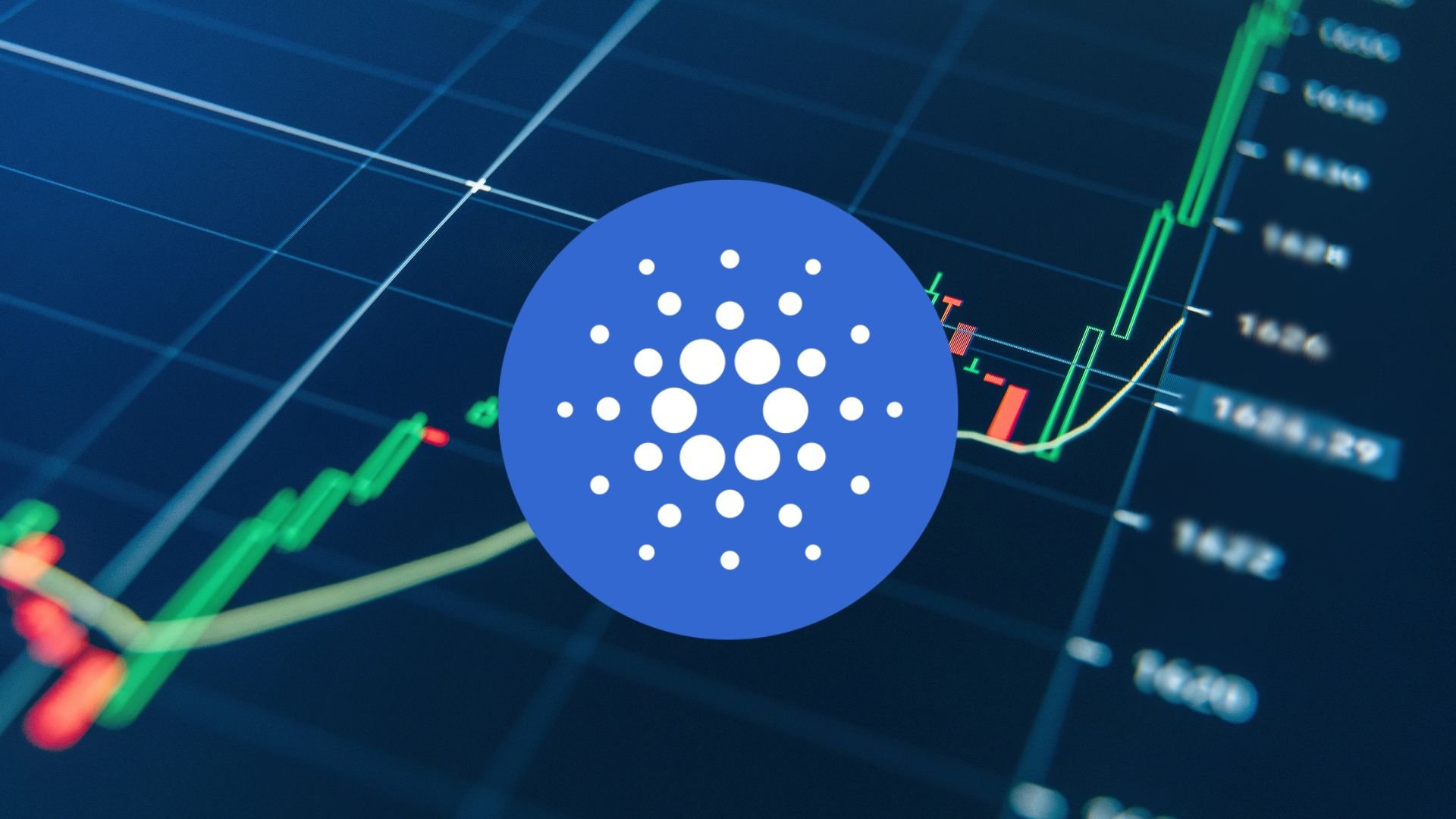TLDR
- Venice token (VVV) faced $10.2M dump allegations from insiders after launch
- Price crashed 63% in two weeks, from $19.38 to $2.44
- 16 wallets linked to Venice team multi-sig received tokens pre-launch
- Market makers Wintermute and Kbit received 5.5% of supply
- Erik Voorhees defended actions, stating terms were clearly communicated
Venice, a new artificial intelligence startup in the cryptocurrency space, has found itself at the center of controversy following allegations of early token sales worth $10.2 million. The project, founded by bitcoin entrepreneur Erik Voorhees, launched its Venice token (VVV) last Monday, but questions quickly arose about early trading patterns.
Amir Ormu, an onchain analyst at Castle Labs, published findings showing that sixteen wallets connected to a Venice team multi-signature wallet received tokens four days before the public launch. These wallets contained 23% of the total token supply, according to Ormu’s analysis.
.@AskVenice team has sold over $10.2M in $VVV tokens…
I've tracked all the $VVV team wallets and identified their clusters.
They received tokens 4 days prior to the launch, and insta dumped right after the launch.
And Coinbase launched it day on 1?
Wallets + Proof  pic.twitter.com/breAefIGXX
pic.twitter.com/breAefIGXX
— Amir Ormu (@AmirOrmu) February 1, 2025
The price movement of the Venice token tells a striking story. After reaching a peak of $19.38 in the hours following its launch, the token’s value dropped dramatically. By February 2nd, the price had fallen to $2.44, representing a 63% decrease in less than two weeks, according to data from Coin Market Cap.
Venice markets itself as a privacy-focused AI chatbot powered by open-source large language models, including Llama and Deepseek. The project launched on the Base network, aiming to provide infrastructure for crypto AI agents, which have gained popularity on the platform.
The company’s official tokenomics allocated 35% of the 100 million total tokens to the company itself. Of this amount, 10% was designated for the team, with 25% of that portion available immediately and the rest scheduled for distribution over two years.
Erik Voorhees responded to the allegations by pointing to the project’s transparency. “The announcement blog stated terms of the token clearly,” he said. “Approximately 2.5% of supply could be sold…A fraction of that 2.5% was actually sold. This was all conveyed upfront.”
Ormu’s investigation revealed additional details about token distribution. According to his findings, market makers Wintermute and Kbit received 5.5% of the total VVV supply. While this aligns with Venice’s stated plan to allocate 10% to market makers, Ormu raised concerns about Wintermute’s trading behavior.
The analyst claims Wintermute sold its portion before the token was listed on centralized exchanges. “Wintermute was dumping tokens before any CEX listings, and they can’t claim they were just market making, it was outright dumping on DEXs,” Ormu stated.
The swift listing of VVV on Coinbase has drawn attention from market observers. This development came during a period when Coinbase CEO Brian Armstrong acknowledged his company was processing up to a million token listing requests weekly.
All token movements occurred on public blockchains, allowing for tracking and analysis. Voorhees emphasized this point, stating, “The genesis addresses were all obvious, and everything is onchain and transparent.”
The Venice project positioned itself as an AI solution for the cryptocurrency space, focusing on privacy and censorship resistance. These features attracted initial interest from investors and traders in the crypto community.
Market data shows the token’s trading volume peaked in the first 24 hours after launch, coinciding with the period when the alleged sales took place. This timeline has become a key point of discussion in the ongoing debate about the token’s launch.
The distribution of Venice tokens followed a predetermined schedule, with various allocations for different purposes including development, marketing, and ecosystem growth. The team’s portion represented one part of this broader distribution plan.
Technical analysis of the blockchain data confirms the movement of tokens from initial distribution wallets to various exchanges and decentralized trading platforms. These movements occurred within the first week of the token’s existence.
The most recent data shows the token continuing to trade on various exchanges, with price movement stabilizing at lower levels compared to its launch price. Trading volume has decreased from its initial spike but maintains steady activity across multiple platforms.
The post Venice AI Token Drops 63% Following Launch Week Sales appeared first on Blockonomi.

 1 month ago
19
1 month ago
19








 English (US) ·
English (US) ·